17 Women Who Face Difficulties With Their Heads Held High and a Pinch of Irony

Weird unusual sounds out of nowhere are spreading all over our galaxy, constantly repeating, and it’s something we’ve never heard before... Scientists discovered it in 2020, and it was nothing like any of the other energy signatures they ever studied.
Powerful and bright radio signals occurring from time to time, mysteriously disappearing within a day. It doesn’t fit the profile of any space body we know. The signal is a bit irritating, and it disappears without a schedule. When scientists tried to match the signal with some other telescopes, it was gone.
Low-mass stars sometimes flare up with radio energy, but not here since they mostly have X-ray counterparts. Very dense collapsed stars like Pulsars, Magnetars are also not a choice.
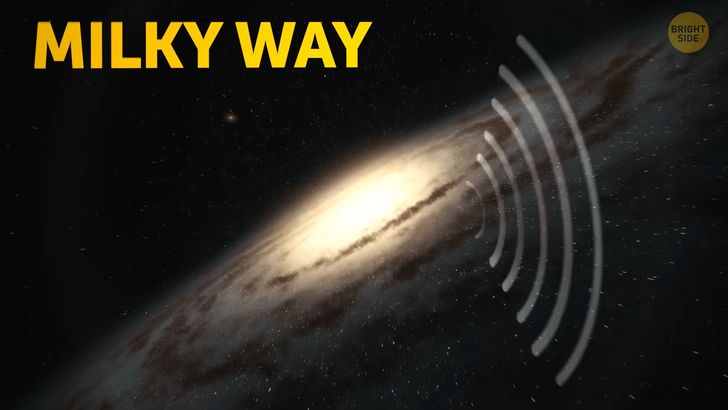
The closest solution they got is a mysterious class of objects we know as the Galactic Center Radio Source (GCRT). It’s a radio source that brightens and rapidly glows. It decays near the center of our galaxy — and could help us unravel the mysteries of the Universe. If you had a flying car that could go up at the speed of 60 mph [(95 kph)], you’d only need one hour to get into space.
The Moon is a little bit farther 250,000 miles [400,000 km], which is about 10 times the circumference of our planet. [40,075 km 24, 901 mi] That means a moon trip would be like taking a tour around the globe and doing it 10 times straight — which would take less than six months. A trip to Pluto would take over 800 years.
Proxima b is the closest Earth-like neighbor we have. It’s a small rocky world that orbits the closest stellar neighbor of our Sun. It orbits the star’s habitable zone, an area that’s far enough from any star to have moderate conditions — not too cold and not too hot for liquid water to at least hypothetically exist. If you’d tried to travel to Proxima b at a speed of 25,000 mph [40,200 kmh] — which is the speed of the Apollo moon rockets — it would take you over 112,000 years to get there. You might not be able to breathe there; no one knows if Proxima b has an atmosphere.
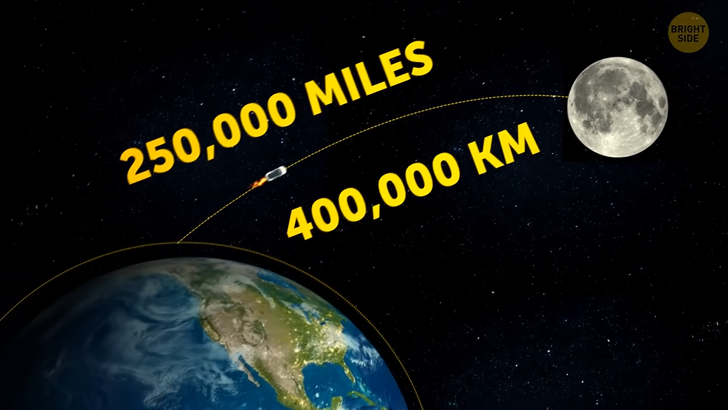
Humans explore the Universe all the time, but we can only see around 5 percent of the matter up there — and Albert Einstein was the first one that realized the empty space is not really nothing. The rest we can’t see is actually made up of invisible matter, also known as dark matter, combined with something called dark energy. If you’d try to pour water into space — of course, outside of a spacecraft — it would immediately boil away or vaporize. That’s because there’s no air or air pressure in space.
As air pressure lowers, the temperature you’d usually need to boil water at also gets lower. Keeping that in mind, water boils way faster on a mountaintop than, for example, at sea level. There’s no air pressure in space, so water could boil at a very low temperature. Scientists believe that there are at least a couple of billion galaxies out there. We don’t know the real number, and probably we never will, but they tried to calculate it by counting how many galaxies we can see in a pretty small and restricted area of the sky.
It may seem as if the Universe was filled with stars and a couple of planets here and there, but our home galaxy has at least 100 billion planets. If you fill a balloon with helium and release it, you’ll notice it floats very high. It will go up into the atmosphere, but it won’t go into outer space.
The higher you go, the thinner the air in our atmosphere gets. Your balloon will rise up until the point where the atmosphere surrounding it has the same weight as the helium in it. That will happen at approximately a height of 20 miles [(32 km)] above the surface. So, this is as far as a helium balloon can rise.
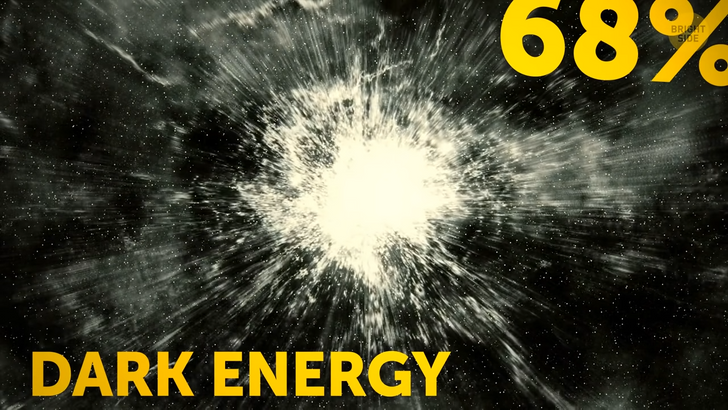
We don’t really know how big the Universe is. We can’t see its edges, nor do we know if it even has an edge. We use technology to see out to a distance of around 14 billion light-years from our planet. This means we can see around 28 billion light-years in diameter, across — starting with the outermost layer of our atmosphere that ends at around 600 miles [(960 km)] above our planet’s surface — although the size of the Universe is constantly changing and gets bigger through time.
Mercury is closest to the Sun, so most people think it’s the hottest planet too. Still, Venus is the hottest planet. It’s the second planet away from our central star, around 30 million miles farther from the Sun compared to Mercury. [51 mln km 32 mln mi 68 mln mi 109 mln km] Mercury doesn’t have an atmosphere, which is like some sort of a warming blanket that helps maintain the heat coming from the Sun.
Venus has an unexpectedly thick atmosphere, around 100 times thicker than the one we have. Its atmosphere doesn’t let the heat out, it just keeps it and constantly makes Venus hotter and hotter. Also, it mostly consists of carbon dioxide that freely lets solar energy in. But, it’s less transparent to lose long-wavelength radiations that the warm, heated surface emits. The average temperature there is around 875 F [(468 C)] which is hot enough to melt tin. The maximum temperature on its neighbor, Mercury is 800 F [(427 C)].
In maybe 2 or more billion years it will be way too hot for life to exist on our precious planet. As the hundreds of millions of years go by, our Sun will keep getting hotter and brighter. Eventually, temperatures will be so high our beautiful oceans will be wiped away. Since they produce 70 percent of the oxygen we need to survive, there’ll be no life without them. All of this means that our planet will simply become a vast desert, something like Mars is today.
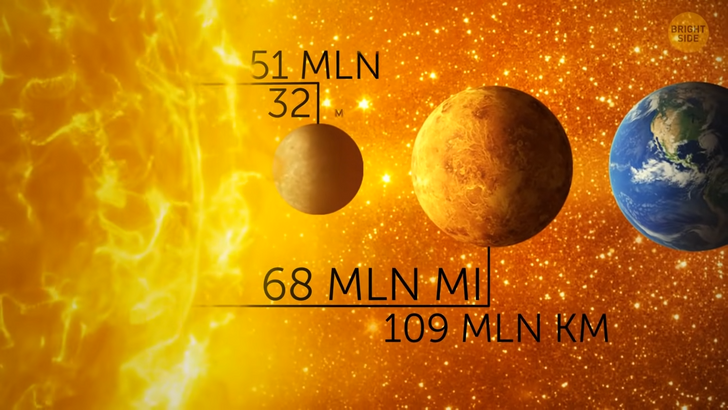
Pluto — a very distant used-to-be planet, now dwarf planet — is actually smaller in diameter than the entire U.S. The biggest distance there, from Maine to Northern California, is approximately 2,900 miles (4,700 km), while Pluto is only 1,473 miles [(2,371 km)] across.
Pluto is very far, but the edge of our solar system is 1,000 times farther away than this dwarf planet. But, astronomers found many space objects orbiting our Sun way farther than Pluto [Kuiper Belt Objects, Trans-Neptunian Objects]. There’s also an Oort comet cloud that goes half a light-year from Pluto — also 1,000 times farther.
A neutron star is really heavy — just a teaspoon filled with it would weigh 6 billion tons. Neutron stars are something that remained from huge stars that have run out of fuel. The fading star explodes, and its core falls apart but, due to gravity, it forms an extremely dense neutron star. These stars typically have a mass up to three Suns — but the radius there is around 6 miles [(9.65 km)] because this is one of the densest things in our Universe — at least that we know about.
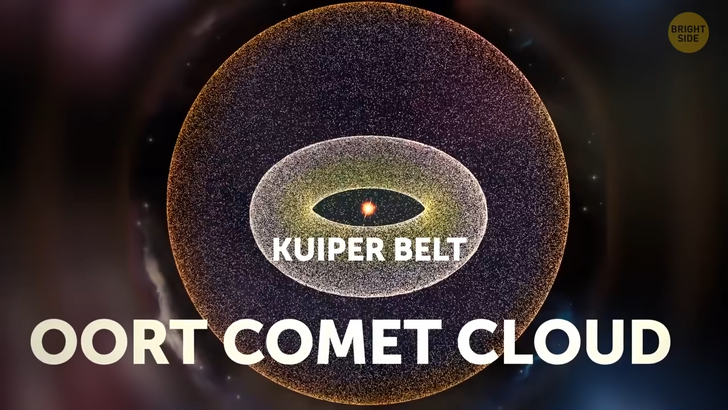
The Universe has a color, and it averages to be some kind of beige or as they call it — “cosmic latte.” It also has its own smell that reminds you of seared steak or hot metal — at least that’s something astronauts floating in space have said.
If you want to build a spacesuit, get ready to work really hard. It takes 5,000 hours to make it and will cost you a million dollars. A really good one will have 11 layers of material and weighs about 110 pounds [(50 kg)]. And it needs to be comfortable; you’ll need more space in there because you grow up to two inches when in space.
When you’re floating around in space, Earth’s gravity doesn’t have any impact on you. That’s why the vertebra in your spine might expand and relax a little bit, which means you’ll be maybe 3 percent taller. For 6 feet, it’s about 2 extra inches. Don’t worry, it’s not permanent — as soon as you go down to Earth, you’ll shrink back down to your normal size within a couple of months.

Space isn’t the best option if you want to have a conversation with your friend, because up there, sound doesn’t travel at all. Molecules there are so far apart that sound vibrations can’t reach them, which automatically means they can’t vibrate, so we can’t hear them. Movies are not accurate with this; no one could hear you screaming in space too.
We kinda live inside our Sun. The sun is not just that big, hot ball of light, located 93 million miles [(150 mln km)] away from us. Its outer atmosphere is way bigger. It extends far beyond the surface we can see. Our planet’s orbit goes through its tenuous atmosphere. The evidence is when gusts of the solar wind generate the Southern and Northern Lights.
That means, in some way, we live inside the Sun. Not just us, other planets too, including distant Neptune. The heliosphere, which is what we call the outer solar atmosphere, extends to about 10 billion miles.











